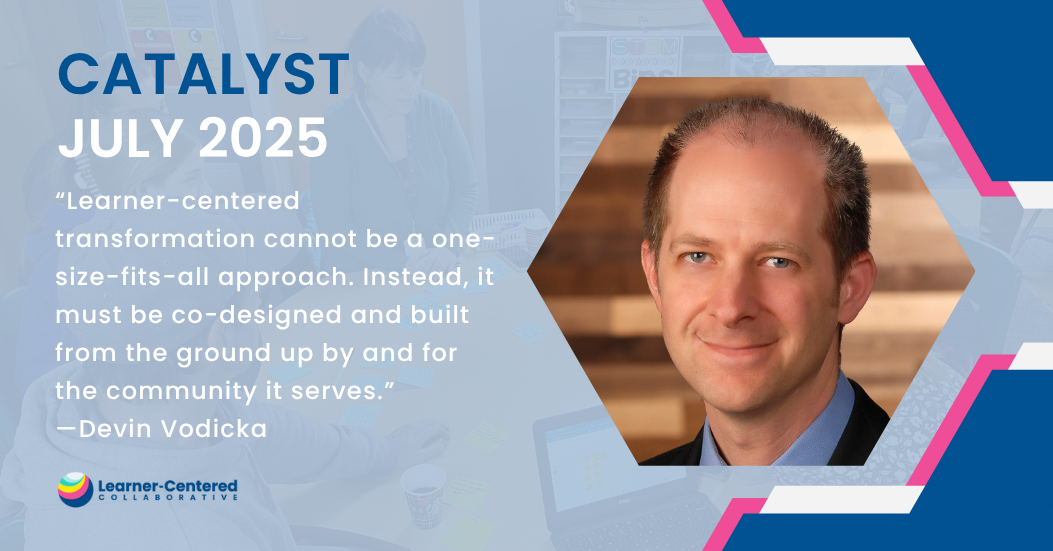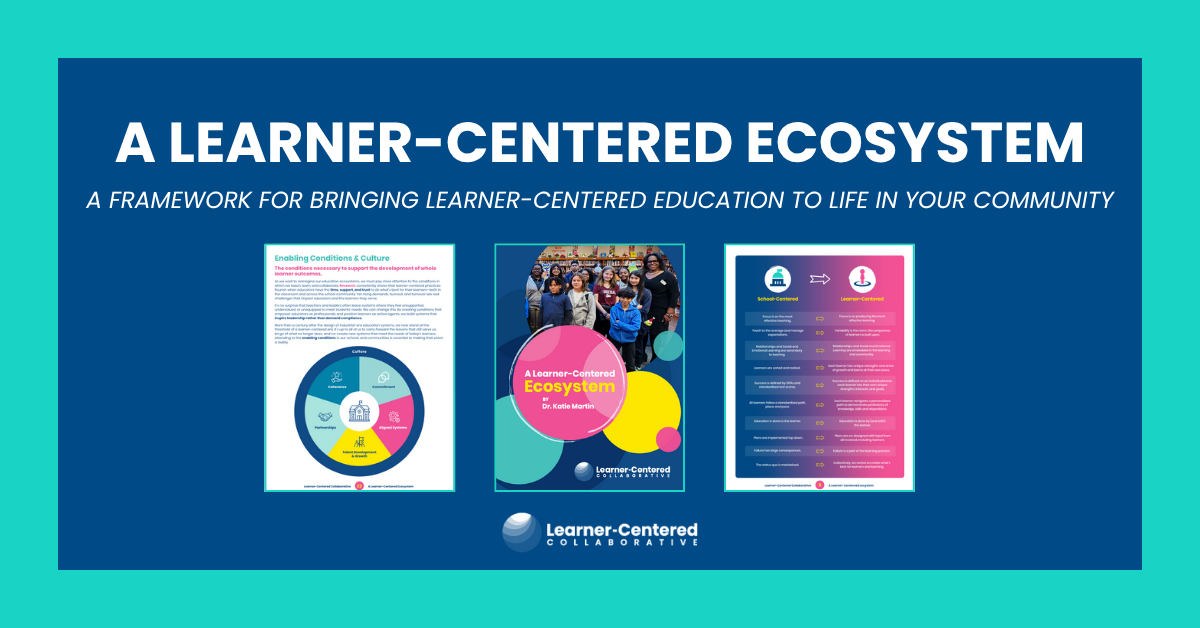Uncovering the True Purpose of Assessment

Assessment. What comes to mind when most people hear this word is testing, grading, final exams, and quizzes. It conjures images of scantrons and feelings of anxiety. The purpose of assessment in the 20th century industrial model of education was explicitly to sort students for efficiency purposes. It was also based in racist notions of “natural intelligence” and the bell curve that manifested in the creation of standardized testing (see this article from the National Education Association). Joe Feldman talks in “Grading for Equity” about the roots of grading and assessment in this model, and how these ideas and practices invite bias, demotivate students, stifle risk-taking and trust, and support a “commodity of grades”.

However, the word assess comes from the Latin root assidere, which means to sit beside. If we take this definition of assessment to heart, we begin to see it as an opportunity to glean information about what students know and are able to do, so we as educators can facilitate and guide their next steps. It is also an opportunity for the learner to reflect on what they know and are able to do so they themselves can determine and plan for their next steps.
This perspective on assessment changes the experience entirely, for both students and educators. In a learner-centered classroom, assessment is not done to but rather with the learner. Assessment becomes less about determining what a student doesn’t know or can’t do – which is how most of my own educational assessment experiences felt – but instead the emphasis shifts to providing opportunities for students to show what they do know and can do. With this definition, we see a more equitable and asset-framed assessment system where all students are expected to and given the opportunity to demonstrate proficiency. It eliminates the notion of “failure,” because when we sit beside learners and determine gaps in understanding or skills, we work with them to see growth and improvement.
With this reimagined purpose of assessment, to support learners in growing, there are three powerful assessment approaches that each serve a unique purpose in a learner’s journey and ultimately measure what matters: assessment for learning, assessment of learning and assessment as learning.
Assessment FOR Learning:
Assessment that drives a feedback and growth cycle
If we recognize the true definition of assessment as “to sit beside” and not “to sort,” we can begin to envision the new model that Joe Feldman promotes. The purpose of assessment becomes feedback and growth. John Hattie cites feedback as the biggest impact on student learning in the classroom in his study on Visible Learning. When feedback and growth are the purpose of assessment, we are helping students see where they are going, where they currently are, and what they need to do next. In order to provide this feedback, assessment systems should be balanced in their use of summative and formative assessment. Formative assessment, or assessment FOR learning, is an important element in a balanced assessment system that provides feedback to learners early in the learning process. This is like a basketball coach at practice, or even in the middle of a game, pulling the team aside, telling them how they are playing, and giving concrete suggestions for how the players can adjust. Traditional assessment models focus heavily on standardized summative assessment. This is why so many of us think of scantron tests and timed essays anytime we hear the word assessment. However, if the purpose of assessment is not about sorting but instead about informing learning, we must focus much more heavily on formative assessment.
Katie Martin shares 3 key criteria for assessing to drive learning.
Assessment OF Learning:
Assessment that documents progress over time
In addition to a stronger focus on formative assessment, it is important to reevaluate the purpose of summative assessment. No longer are summative assessments, or assessment OF learning, meant to rank or sort but they do remain an important tool for providing a snapshot in time for a student’s growth. I think of this as a child marking their height on the kitchen wall every six months; it’s a joyful moment for a learner to look at how much they’ve grown since the last measurement. As the outcomes shift, the shape of these summative assessments also shifts. Summative assessments should ideally be measuring the outcomes that are important skills for students of the 21st century to be demonstrating such as communication and critical thinking. This takes place through performance tasks, design thinking challenges, project-based learning and many other authentic learning and assessment strategies. Summative assessments should not, however, be asking students to memorize historical facts when Google has the market on that skill.
Assessment AS Learning:
Assessment that empowers student agency
Finally, when assessment means to sit beside the learner and help them determine their next steps, there is a third form of assessment that becomes crucial: assessment AS learning. This is the holy grail for most educators; close your eyes and envision students reflecting on their learning to set goals, curating a portfolio, and determining their own next steps based on self-reflection (as well as peer and educator feedback). In order to empower student agency, educators must build in opportunities for students to participate in assessment AS learning. At this stage, learners are no longer victims to grades given to them by an external force. Instead, they’re actively engaged in the assessment process and can turn the feedback into action. In fact, it’s the best time to sit beside the learner and reflect with them.
Bryanna Hanson is the Director of Learning Design at Learner-Centered Collaborative. She taught Spanish K-12 in a variety of settings and is passionate about creating real-world learning experiences with students. She believes that a learner-centered instruction and assessment system will lead to more equitable outcomes for all students. To learn more about working with Bryanna and team to bring learner-centered assessment practices to your learning community, get in touch.





